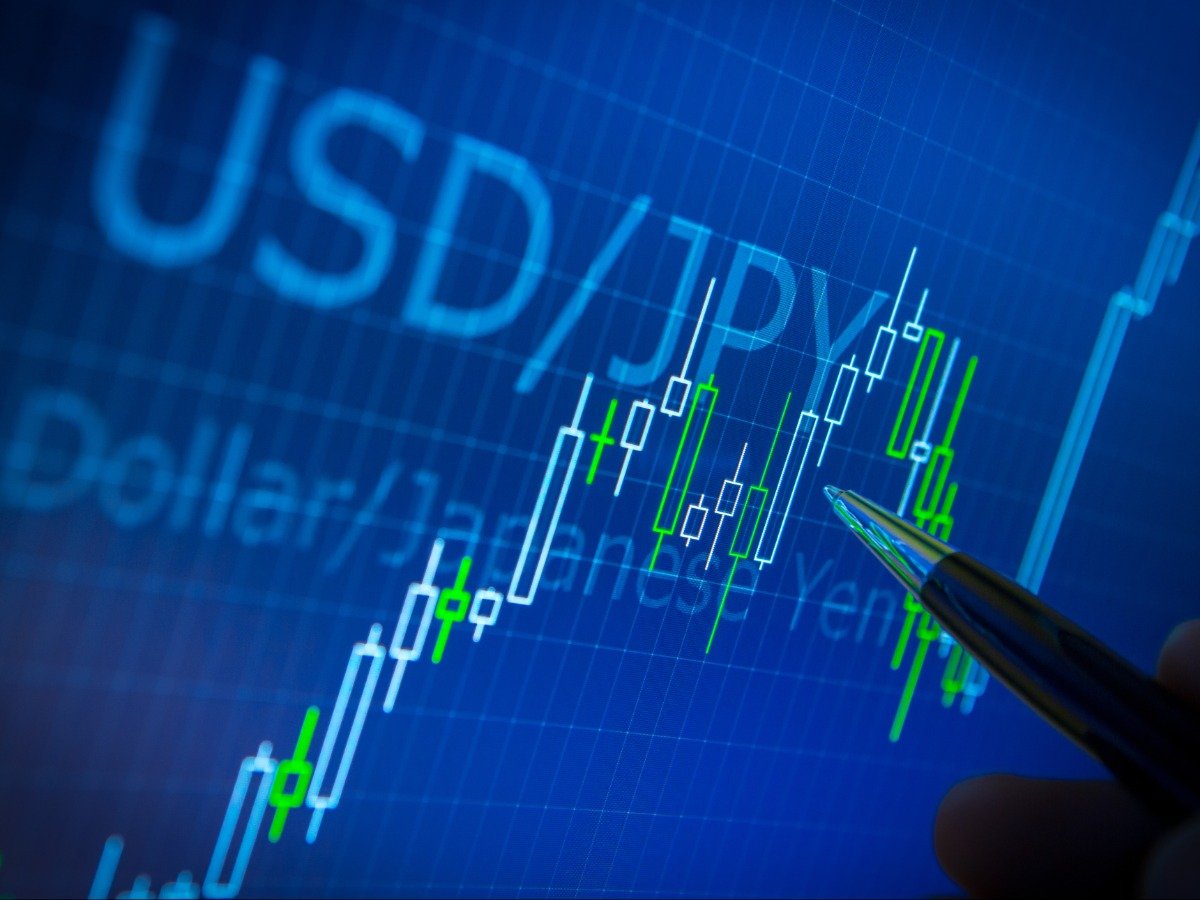Dollar To Yen Outlook: USD/JPY Drops Sharply As Markets Brace For BoJ Rate Hike

USDJPY fell around 1% in Thursday’s Asian session. Japanese yields are steadily increasing as markets bet on a July hike from the BoJ. US yields, on the other hand, have faded and weighed on the USD.
European stocks have been on an amazing run in recent weeks, with the German DAX already posting a 15% gain for 2025 so far. This is related more to the ECB’s aggressive cutting cycle rather than earnings growth and this is reflected in the rapidly increasing valuations. However, Wednesday’s session saw the DAX give back some of the gains with a sharp drop of nearly 2%. This was in response to President Trump’s plans for auto trade tariffs “in the neighbourhood of 25%.” German car makers BMW and VW each down over -2%. Meanwhile, stocks in the US went in the other direction and both the S&P500 and Nasdaq closed at new all-time highs.
Currencies were less volatile in response to the new tariff threat. EURUSD and GBPUSD were lower by around 0.3% on Wednesday but recovered by the same amount on Thursday. EURUSD stayed anchored around the 1.045 level.
Thursday’s Asian session brought some excitement as the yen dropped sharply, pushing USDJPY down by nearly 1%. This was related to speculation the Bank of Japan may be cueing up another rate hike.
“…local investors seem impressed that there has been little official push-back against the recent rise in JGB yields and that the Bank Of Japan may hike again this summer. The OIS market prices 21bp of a 25bp hike in July – which would take the policy rate to 0.75%,” noted ING.
Japanese yields have been increasing steadily and the 10Y is nearing 1.5%. With CPI due out on Friday, there is the potential for the recent moves to go higher still.
FOMC Minutes Weigh on the USD
The minutes from the January Fed meeting were released on Wednesday and weighed slightly on the US dollar. Beyond the expected message that the Fed is in no rush to cut interest rates, there was an unexpectedly dovish signal regarding the pace of balance sheet reduction (quantitative tightening). Notably, the Fed acknowledged concerns over potential reserve volatility tied to the debt ceiling, stating that “various participants noted that it may be appropriate to consider pausing or slowing balance sheet runoff until the resolution of this event.”
This pushed yields down slightly with the 10Y dropping around 2bbps to around 4.5%. With a 2025 peak of 4.8%, there is some optimism that long-term yields may have peaked as a number of potential positives come into view. Inflation may be on the rise and causing concern, but it is notable that yields are lower than they were before last week’s hot CPI readings were released.

One of the potential reasons for this could relate to DOGE, or the Department of Government Efficiency, headed by Elon Musk. Markets may not have fully priced in the effect of DOGE’s actions as it was not completely clear how serious the whole operation would be. However, in the first month of the Trump’s term, there have been large cuts and large lay-offs. Whether this saves as much money as Musk claims may not matter entirely. The combined effect of higher unemployment and lower government deficits should, in theory, supress long-term yields. Also with growth likely to take a hit, the Fed could gradually shift back dovish.
Another reason yields may be moving lower could be related to tariffs. So far, the trade war has not been as bloody as markets may have anticipated and Trump has used the threat of tariffs as a negotiating tactic.
Popular Conversions
- Pound to Euro
- Pound to Dollar
- Pound to New Zealand Dollar
- Pound to Australian Dollar
- Pound to Canadian Dollar
- Euro to Pound
- Dollar to Pound
- Euro to Dollar
Financial Market Newsflash
No financial news published today. Check back later.











